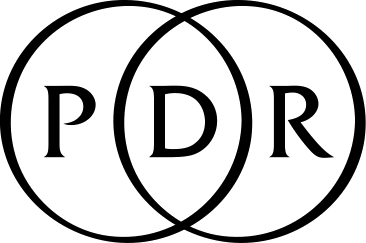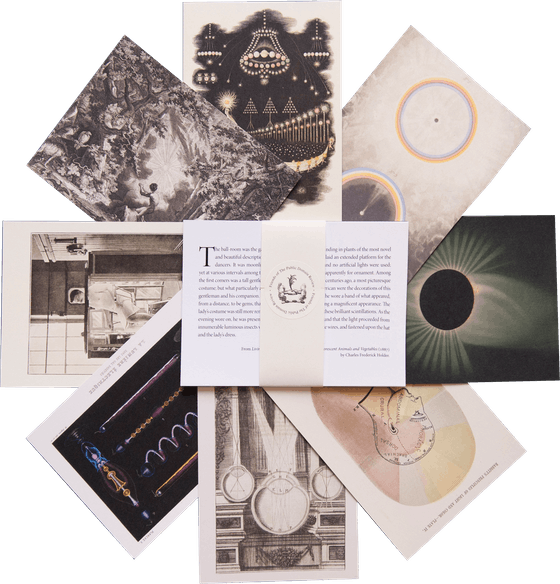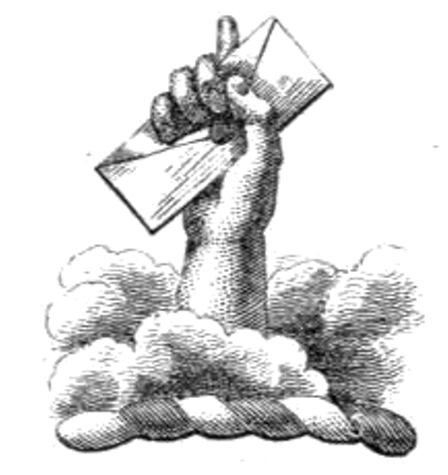
Charles Davy’s Conjectural Observations on the Origin and Progress of Alphabetic Writing (1772)
“Writing, in the earliest ages of the world, was a delineation of the outlines of those things men wanted to remember, rudely graven either upon shells or stones, or marked upon the leaves or bark of trees”, begins Charles Davy’s 1772 Conjectural Observations on the Origin and Process of Alphabetic Writing. From the starting blocks, Davy admits the futility of his task. Either writing has divine origins, gifted to Moses on Mount Sinai by God, or there was a secular form of graphological genesis that humans will never recover. Instead of proposing a coherent theory about the alphabet’s origins, Davy offers (often contradictory) conjectures, beginning with the observation that — evidenced by the shared shapes and names of some letters — the Hebrew, Samaritan, Arabic, and Greek alphabets all sprung from a common ancestral script. He soon arrives on the problem of phonological and graphemic correspondence. “The great difficulty of the Invention consisted in . . . being so well acquainted with the powers and extent of human utterance, as to be able to align a sufficient number of characters for all the variety of sounds we want in Language.” Like Hermogenes in Plato’s Cratylus (and like structuralist thinkers influenced by Ferdinand de Saussure in the twentieth century), Davy resists the idea that there was ever any kind of strict motivation or correspondence between the appearance, name, and sound of letters. For instance, the Hebrew aleph, Arabic alif, Greek alpha, and Latin “A” all stem from a character that once resembled and was named for the ox, he writes. But to say that the “sound of the broad A, which is the voice of the animal” is a model for how all alphabetic letters align their shape, sound, and name “seems a stretch beyond the unafflicted powers of human wit.”
Why, though, was writing invented in the first place? Davy has almost too many ideas. “We may reasonably presume to have been in the service of the passions; that is, in the conveyance of our tender sentiments which no symbols can express with half the force and delicacy of a written language.” After love comes money, and he hypothesizes that the need for writing may have also arisen from an ancient merchant class. He quickly moves on to other conjectures about the necessity of the alphabet, which include: memorialization, “for specifying conditions of covenant”, “for the conveyance of property”, and “for ascertaining the particulars of testamentary dispositions”. Sex, money, real estate, law, and fantasies of immortality — each as good a conjecture as any.
Looking for a visual source in the observable world to explain the strange lineations that compose our alphabet, Davy crafts a conjecture that honors the theological traditions of his day. He rejects the idea that the ancient scripts evolved out of Egyptian hieroglyphics — pictograms that led the Israelites, he claims, down a false path of idol worship. Instead, if alphabetic writing was revealed by God to Moses, it was to stop the progress of idolatry’s “contagion”. The superiority of the alphabet here — as opposed to other, more iconic kinds of writing systems — is the purity of phonetic representation. For Davy, the Latin alphabet still preserves the traces of a kind of visible speech. “Alpha [A] was pronounced with a considerable aperture of the mouth”, he writes. “Now nothing could more exactly represent the opening of the lips in profile for the purpose, than the character of this letter reclined, in which the cross bar delineated or pointed out the situation of the teeth.” In other words, the clarity and precision offered by writing is predicated on a kind of sound symbolism or articulatory iconicity — as if the mouth's movements can be losslessly transferred to the page. Davy, in a way, seems to fall prey to his own critique of the idolatrous Egyptians, for what is writing here but a kind of empty, squiggled idol, a distended referent to the soul’s breath, shaped by glottis, lips, and tongue?
Enjoyed this piece? We need your help to keep publishing.
The PDR is a non-profit project kept alive by reader donations – no ads, no paywalls, just the generosity of our community. It’s a really exciting model, but we need your help to keep it thriving. Visit our support page to become a Friend and receive our themed postcard packs. Or give a one-off donation. Already a supporter? A huge thank you for making all this possible.
Jun 3, 2025






